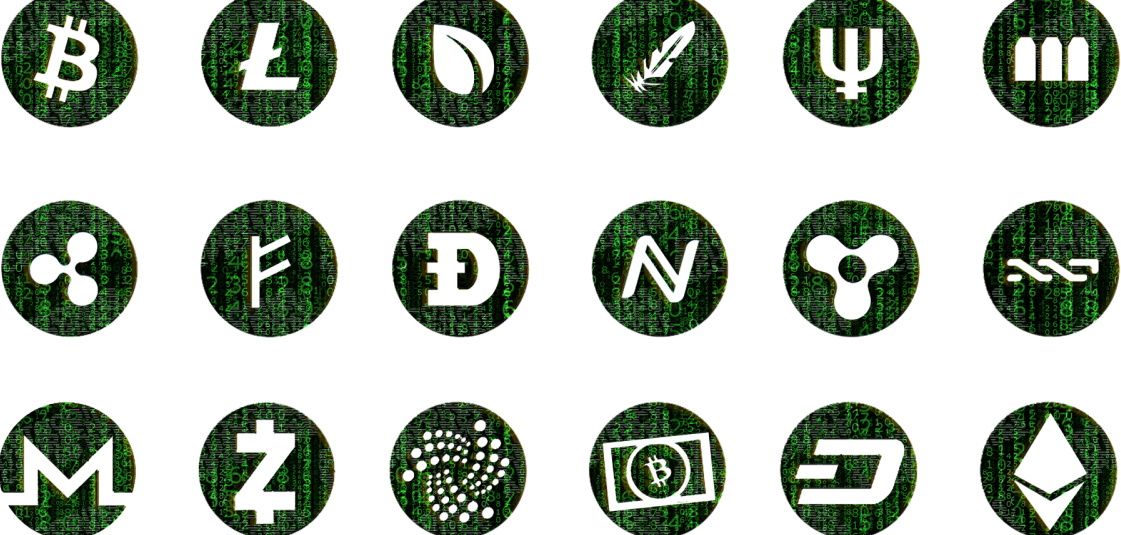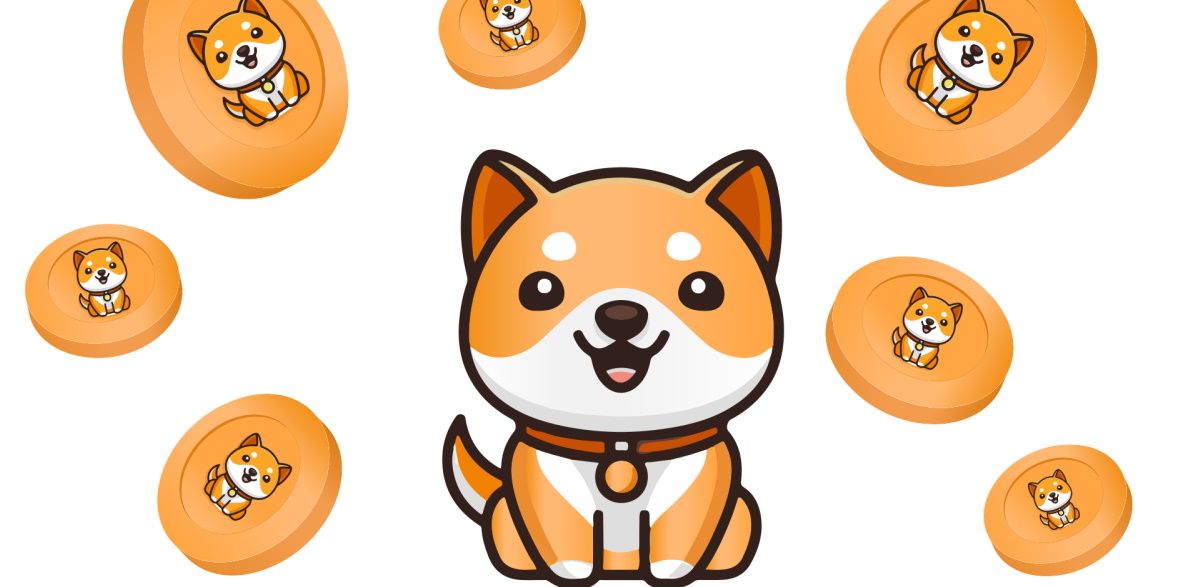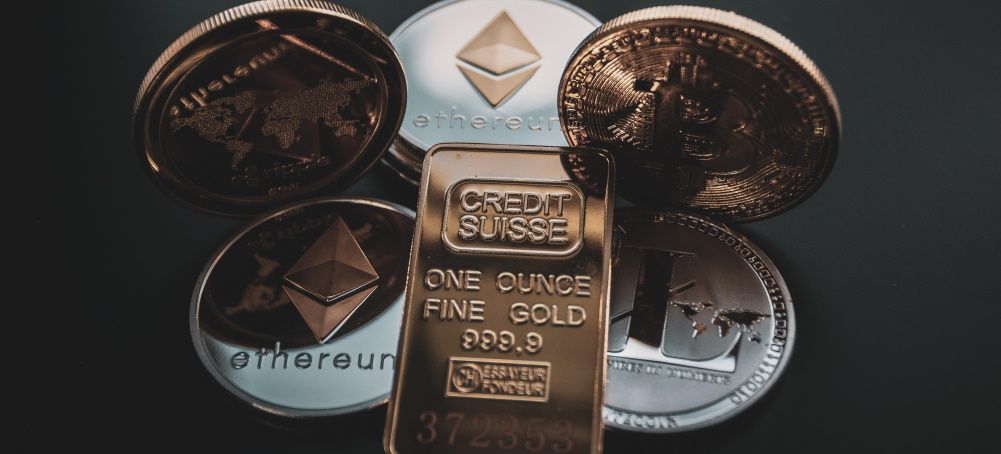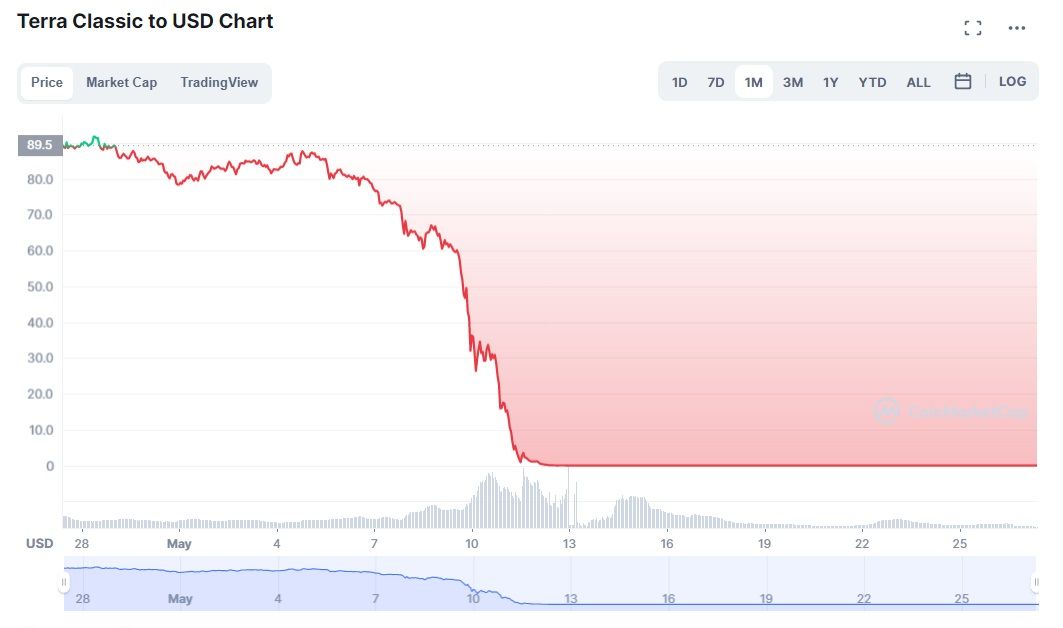Every alternative cryptocurrency—altcoin—has a unique history and community of users. There are many altcoins, but not all are good for investment purposes. There is a possibility that some will prove beneficial and desirable for a variety of projects, which may, in the long run, result in a huge price increase. However, some others may turn out to be useless or even fraudulent.
What exactly are altcoins? How do you decide which one to invest in? Keep reading if you want to find out!
What Is an Altcoin?
Altcoin is a contraction of “alternative coin.” It refers to cryptocurrencies other than Bitcoin (BTC)—it is as simple as that. If it is not BTC, then it is an altcoin. Ethereum, Cardano, Shiba Inu, Polkadot, Avalanche, Solana, and the thousands of other cryptocurrencies are all altcoins.
Altcoins are typically created to achieve specific goals within their blockchain community. Some are used for transactional and payment purposes, just like Ether in the Ethereum ecosystem. Some cryptocurrencies, such as Trumpcoin and Bananacoin, were developed to raise donations for philanthropic causes.
The 6 Types of Altcoins
The thousands of altcoins in the cryptocurrency market can be categorized into various groups. Though other variants exist, these are six of the most common altcoin types.
Security Tokens
These tokens confer ownership rights to the company that owns them. Holding them grants the bearer the ability to acquire a certain number of shares in the company that is the legal owner of the token. Security tokens are considered securities by regulatory agencies, just as stocks, ETFs, bonds, and other types of securities.
According to the Howey Test, a token can be classified as a security or not if it replies ‘yes’ to the following questions.
- Is there a monetary investment?
- Was the money put into a joint venture?
- Were you hoping to make a profit?
- Is the profit generated by the promoter or by a third party?
Blockchain Capital, Tzero, 22x Fund, and Sia Funds are a few examples of tokens classified as security tokens. Bitcoin, Ethereum, and many other alternative cryptocurrencies do not meet the requirements to be considered security tokens because there is neither a joint investment venture nor any promoters or third parties that intend to profit from them.
Meme Coins
These coins typically do not have a wide variety of use cases and are typically designed from the viewpoint of a joke. They usually become well known in a short period, thanks to internet hype and the actions of crypto influencers. The two meme coins with the most widespread use are Dogecoin and Shiba Inu.
Meme coins are not the best choice if you are interested in making long-term investments or storing wealth. They are not generally considered serious projects, and as a result, they normally do not have a strong developer community to help keep them secure and updated.
They are also particularly prone to pump and dump schemes where individual large coin holders hype the currency and persuade others to buy and inflate the price within a short period before withdrawing their holdings from the market. You only have to look at Elon Musk’s influence on the Dogecoin price to see this in action.
Meme coins often have little required starting capital but can yield big gains in a relatively short period. Therefore, you need to do a lot of research to understand any meme coin you might want to invest in.
Stablecoins
A stablecoin is a class of cryptocurrencies that aims to reduce crypto price volatility. The value of a stable coin is usually pegged to other assets like fiat currencies (USD, EUR, GBP), commodities, or even other cryptocurrencies in the case of Wrapped Bitcoin.
Tether is one of the most popular stablecoins, but there are heaps of alternative stablecoins, including USD Coin (USDC), Binance USD (BUSD), and Dai (DAI).
Most popular stablecoins are pegged to the US dollar (USD) and are designed to track their value. Stablecoins, as the name implies, are not typically used for investment purposes because they are designed to be more stable. Instead, people save or send money with them. This is not to say that you cannot profit from stablecoins, as you can earn interest on them by lending them out or participating in saving protocols made available by your exchange.
Utility Tokens
Utility tokens are used as payment for services within a network. Network users transact while publishing arts, minting tokens, and performing certain transactions within a network. During these transactions, utility tokens are how payments and settlements are made. Utility tokens are unregulated, and they help maintain the internal economy within a blockchain ecosystem.
Some examples of utility tokens are Basic Attention Token (BAT), Chainlink (LINK), Zilliqa (ZIL), Binance Coin (BNB), and Aurora (AOA).
Aside from the regulatory challenge, another issue with utility tokens is that they can be expensive to spend depending on the activities within their blockchain.
Payment Tokens
Payment tokens are digital assets that enable crypto users to transact directly with one another on decentralized marketplaces, bypassing the need for a middleman as is customary in conventional financial and banking systems. The vast majority of cryptocurrencies, whether security or utility-based, fall into this category. However, not all utility tokens have the capability of functioning as payment tokens.
Examples include Bitcoin, Ethereum, Litecoin, Dash, Bitcoin Cash, and Monero, as well as various cryptocurrencies that can be used as payments in certain settings.
Governance Tokens
Holders of governance tokens are granted particular privileges within a blockchain, such as voting on proposed changes to protocols or participating in the decision-making process of a decentralized autonomous organization (DAO). They are considered utility tokens; however, because they are typically native to a private blockchain and utilized for blockchain-related reasons, it has been common practice to recognize them as a distinct sort of token.
The Maker (MKR) token is an example of a governance token. The holders of this currency are granted the power to vote on decisions made about the decentralized finance (DeFi) technology that DAI is based on.
What to Consider Before Investing in an Altcoin
Knowing what kinds of cryptocurrency tokens are out there and what they’re used for isn’t enough. Other areas of research are important to consider before picking an altcoin.
The crypto community is a group of people who share ideas and work together to improve the solidarity and unity of a blockchain. Among the community members are developers, analysts, token holders, and writers. They are in charge of educating and informing those in their immediate surroundings. The exchange of information about a cryptocurrency is critical to its wide adoption and innovation.
The actions of stakeholders or sponsors in disseminating information about a cryptocurrency contribute to its consistency and popularity. Social media platforms such as Facebook, Twitter, Instagram, Telegram, and Discord have proven useful for such purposes. You should look into the community of your preferred cryptocurrency to see how strong it is and whether or not you are convinced enough to invest in it.
The Blockchain Technology and Consensus Algorithm
Understanding the main technology of an altcoin, such as the type of blockchain and consensus algorithm it uses, will help you understand how it distinguishes itself from its competitors. You can also spot new technologies that will add value to the industry.
The Project’s Whitepaper
If you want to invest in any cryptocurrency, you should first read the whitepaper. Not only will this help you understand the goal of the cryptocurrency project and the technology that underpins it, but it will also help you determine whether or not you have enough confidence in the project to invest in it.
The whitepaper associated with a cryptocurrency will typically include all of that currency’s important information. It should include a detailed plan for the coin’s future growth and a strategy for ensuring its value is maintained. Having a whitepaper gives a coin an air of professionalism and gives it the appearance of being more legitimate than it otherwise would be. A lack of understanding of a project’s goals after reading the whitepaper could be a red flag to avoid investing in it.
However, while it’s a useful gauge, it’s not the be-all and end-all of legitimacy. During the ICO boom of 2017, numerous projects with well-written whitepapers turned out to be absolute junk.
Price History
Investing in a cryptocurrency that you have no prior knowledge of is not a good idea. A look at the coin’s price history will show you how it’s fluctuated over time, as well as its most consistent patterns. You can use this information to make predictions about the future in some cases.
Checking price history can also help you identify important market points, such as support and resistance, key demand and supply levels, and so on. Using the information gotten can help you make better trading and investment decisions.
How to Make the Right Altcoin Investments
Investing in altcoins may or may not be a good idea for you, depending on your knowledge of cryptocurrencies and your financial goals.
Cryptocurrency Investors should always conduct their own research on altcoins before deciding whether or not to purchase them. You should also note that it’s riskier to invest in a new altcoin than an established one, and please, never invest more than you can afford to lose, especially in such volatile markets.




